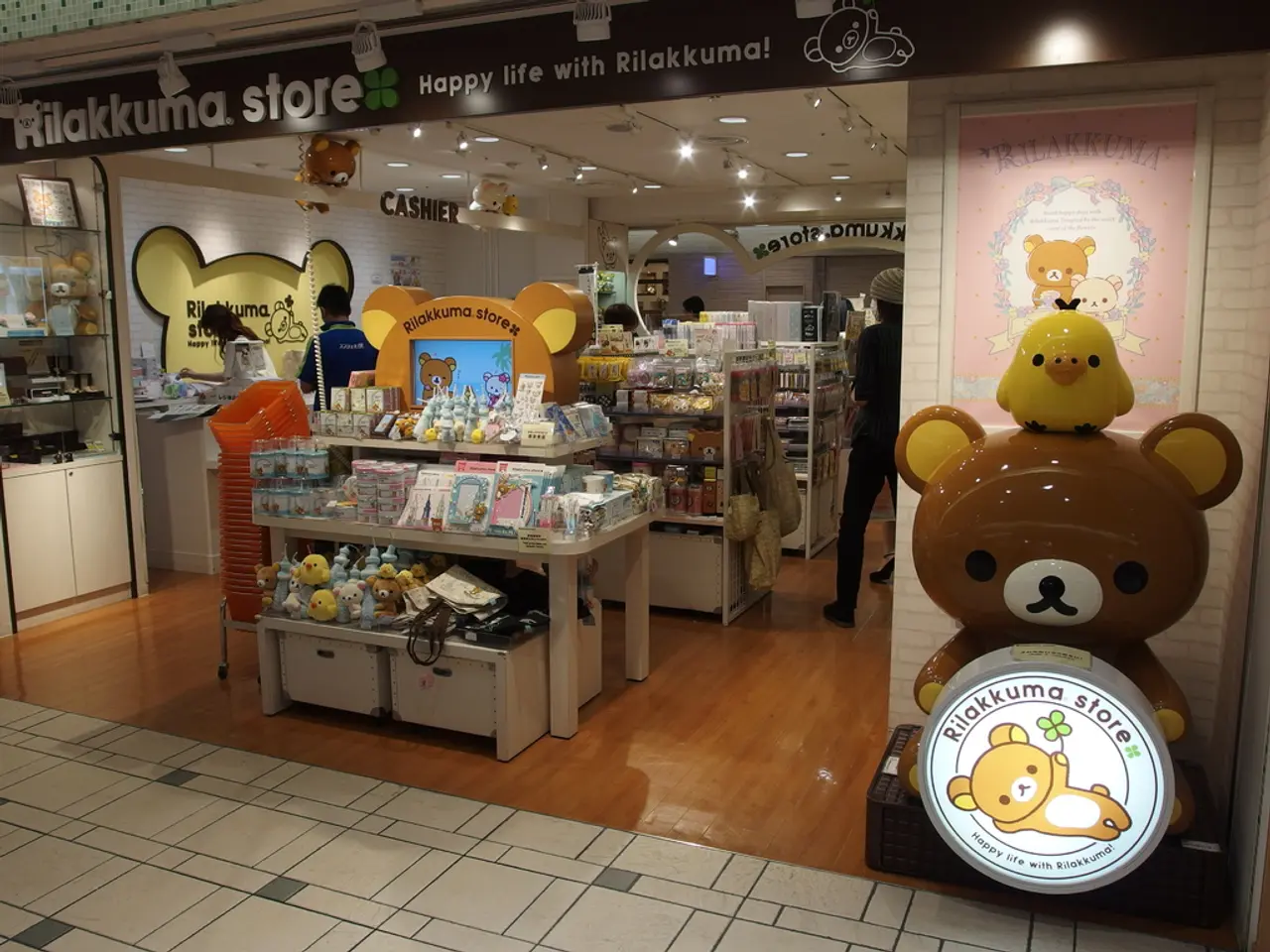Digital Shopping Haven: Virtual Reality's Promised Shopping Experience
In the ever-evolving digital landscape, a new shopping phenomenon is taking shape – Virtual Reality (VR) malls. These innovative platforms are set to redefine the way we shop, merging the convenience of online shopping with the sensory-rich experience of physical retail environments.
Virtual reality malls work by creating immersive digital environments where consumers can browse and shop in 3D spaces, simulating a mall experience via VR headsets, web platforms, or mobile apps. Thousands of virtual stores, leased by retailers, allow consumers to interact with products in a more engaging, spatial format than traditional online shopping.
Key elements of these platforms include 3D spatial interfaces, augmented and virtual reality features, AI and automation, and advanced logistics and fulfillment systems. Users navigate virtual spaces that mimic real-world shopping malls, often wearing VR headsets or using apps or web browsers. Augmented and virtual reality features enable "try before you buy" experiences, such as virtual try-ons of apparel or previewing products in 3D, enhancing purchase confidence.
Artificial intelligence is utilised for personalized recommendations, inventory management, and optimising operational efficiencies. Sophisticated AI and robotics can reduce fulfilment costs dramatically, making the online purchase and delivery process more efficient and cheaper for retailers.
VR malls provide more immersive, interactive experiences that increase customer engagement. Instead of viewing flat images and text descriptions on standard e-commerce sites, shoppers in VR malls can explore a 3D environment, gaining spatial context and a sense of physical presence with products.
The convenience advantages of online shopping – shopping anytime from anywhere with features like digital payment and home delivery – are combined with an enhanced experiential layer. Traditional platforms rely heavily on text, images, and customer reviews, whereas VR malls add interactivity and augmented reality that help customers feel more confident in their purchase decisions.
This hybrid shopping model is expected to impact various industries, including fashion, electronics, beauty, real estate, and grocery. VR malls eliminate geographical constraints, allowing global shopping without barriers. Users access virtual reality malls through VR headsets like Oculus Quest, HTC Vive, or PlayStation VR.
However, many shoppers are still unfamiliar with VR shopping and may be hesitant to adopt this new technology. To address this, virtual try-on technology allows customers to test clothing, accessories, and cosmetics before buying. Haptic Feedback Technology is an emerging trend in virtual malls, allowing shoppers to "feel" products in virtual stores.
As technology advances, VR will become a mainstream retail solution, transforming the way people shop. Blockchain-Based Payments will become standard in virtual shopping environments, providing secure and transparent payment systems. Integrated digital payment systems ensure secure and convenient transactions within the virtual environment.
Shoppers can interact with digital sales assistants, receive product recommendations, and ask questions. Virtual reality malls offer a more interactive, convenient, and time-saving shopping experience. 5G and Cloud Computing will enhance the efficiency and accessibility of virtual malls. Augmented Reality Integration will complement VR shopping, enabling users to visualize products in their real-world surroundings before purchasing.
The VR mall industry is expected to grow rapidly, with ongoing advancements shaping the future of shopping. Brands create immersive stores with shelves, racks, and counters in a 3D environment. As we step into this exciting new era of retail, the potential for a more engaging, efficient, and secure shopping experience is endless.
In this immersive digital shopping era, virtual reality malls are introducing home-and-garden products along with lifestyle goods and clothing, offering users an opportunity to explore and purchase these items in a 3D environment, replicating a mall experience via VR headsets or mobile apps. These virtual stores, leased by retailers, provide an engaging spatial shopping experience, enabling users to interact with home-and-garden products more effectively than traditional online shopping methods.
With augmented and virtual reality features and personalized AI recommendations, virtual reality malls make the shopping experience more personalized and confident, offering users the opportunity to "try before you buy" and visualize home-and-garden products in their real-world surroundings. As technology advances and VR becomes mainstream, home-and-garden shopping could experience a significant shift towards a more interactive, convenient, and time-saving platform, providing endless potential for a more engaging and efficient shopping experience.




